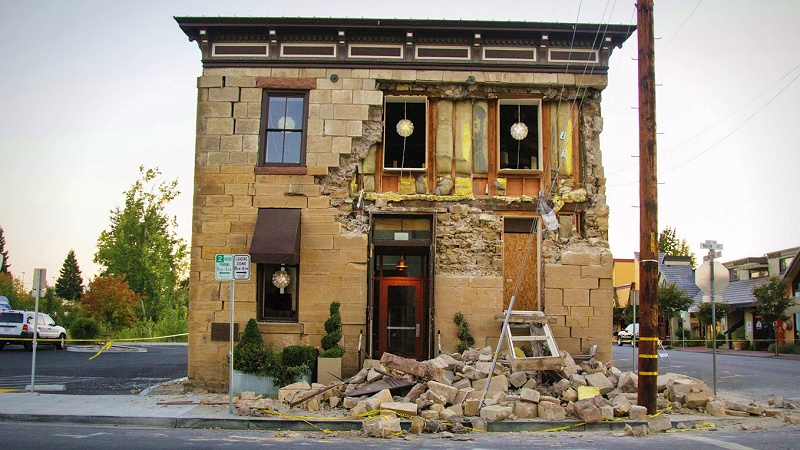
GPS, the Global Positioning System, underlies many familiar services like your phone’s location finder and your car’s navigation. Now the industrial-strength version of GPS is leading the way in a new approach to instant earthquake warnings being tested in Berkeley.
The GPS most of us know about is a static service that works on demand. A GPS receiver in a car, phone or handheld unit monitors a high-precision network of satellites and calculates its current location from their timing signals. A less-known GPS system is a network of receivers at fixed locations that does this constantly each second, or even faster, in real time.
A real-time GPS network is widely used by companies that need to follow the whereabouts of things like telephone poles. Every modern nation has one. Japan’s real-time GPS network has more than a thousand stations. Starting around 15 years ago, scientists imagined using that network to detect earthquakes—not the shaking itself, but the permanent changes in the ground’s vertical and horizontal position.
The giant Tohoku earthquake of 2011 was an important test for that line of research. That quake brought out a major shortcoming of Japan’s existing earthquake early warning system, which relies on seismometers: the quake was too large and complex for the system to handle. The shaking alerts assumed that the quake was no larger than magnitude 8, but in fact at magnitude 9 it had 10 times more ground motion. The quake’s true size was not known for hours, and while the alert system saved many lives by giving warnings of up to 60 seconds, it could have done much better for very large events.
The Japanese real-time GPS network offered an alternative, independent way to monitor the giant quake as it happened. Studies of the GPS records showed that it could have been used to characterize the earthquake, both more accurately and much faster.

Researchers at UC Berkeley have been working for the last few years on a real-time GPS system that can actually function. This year they placed their experimental system into working (operational) status by connecting it to California’s ShakeAlert—the program that will become the foundation of the state’s pioneering early warning system. Within days, it captured the South Napa earthquake. Although at magnitude 6, that quake wasn’t big enough to make trouble for the seismometer-based network, it was a gratifying test.